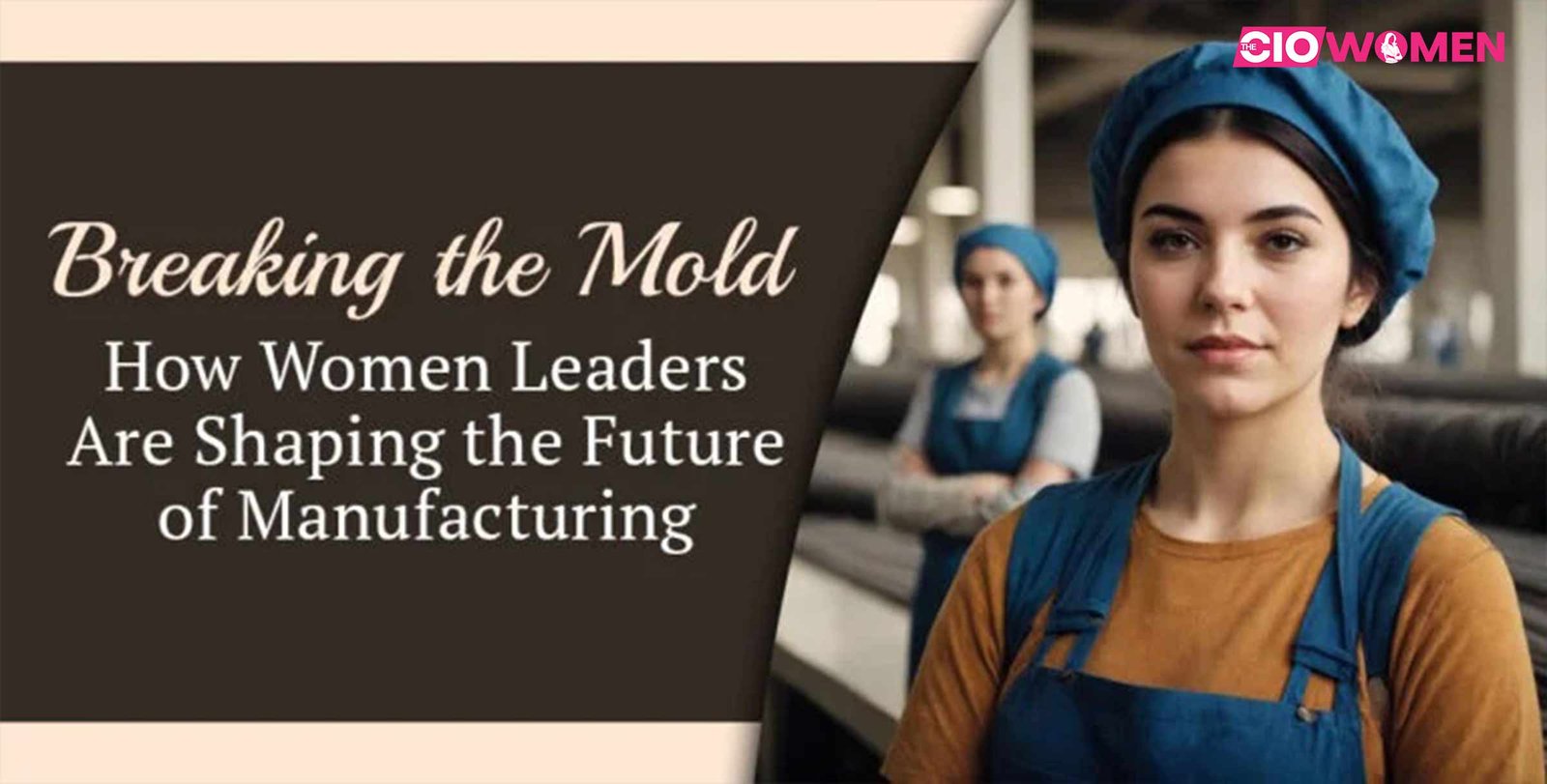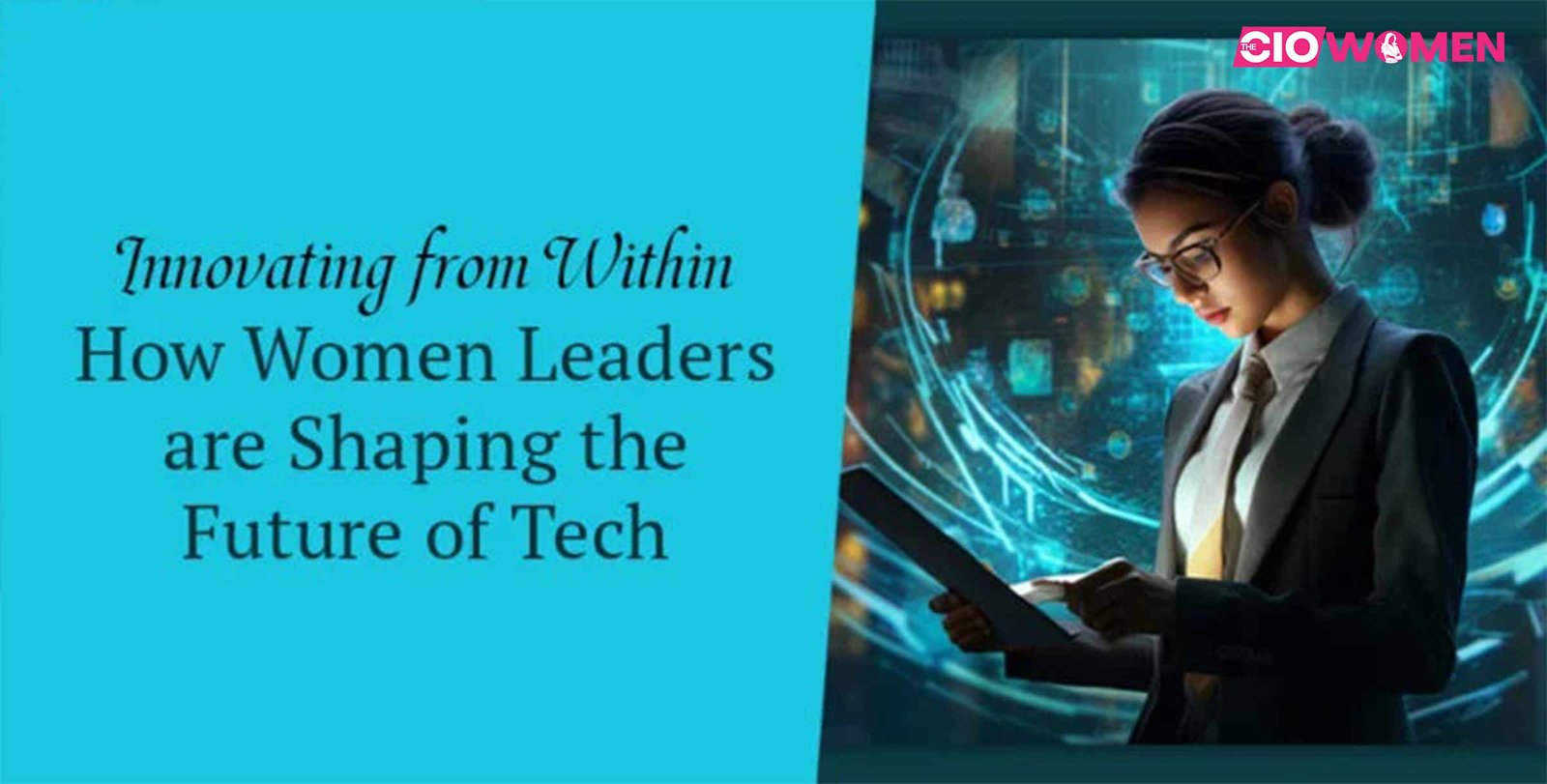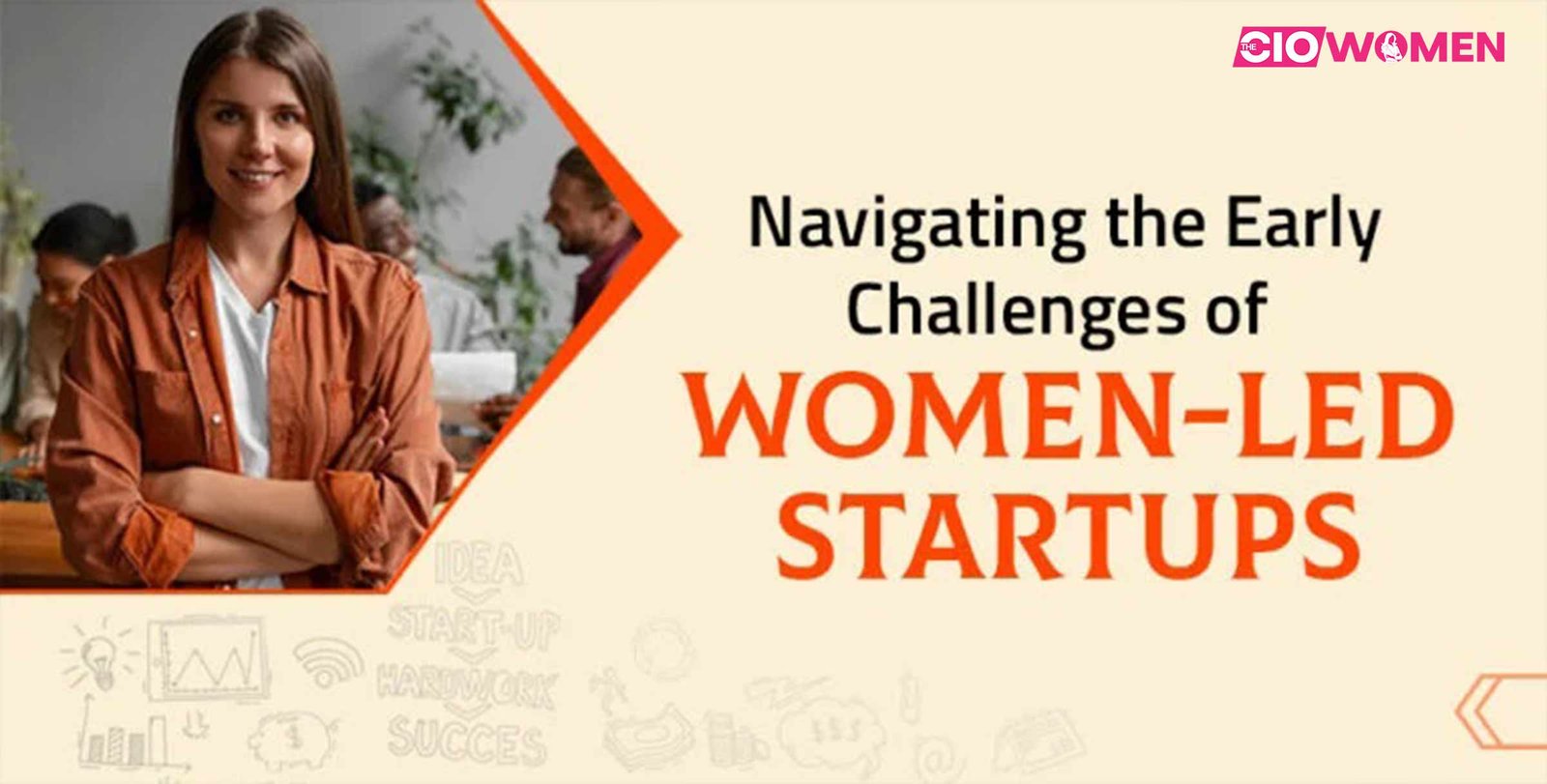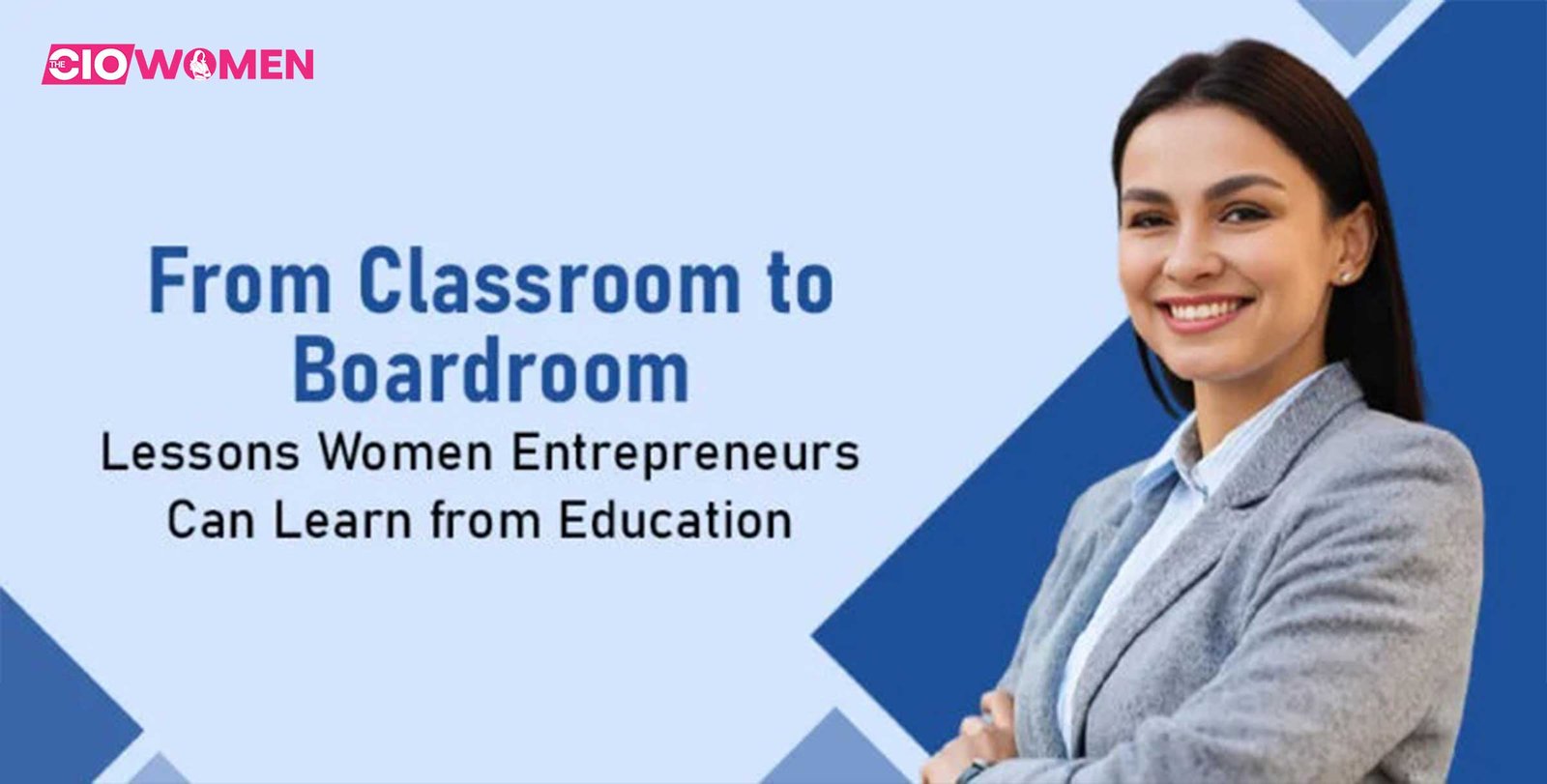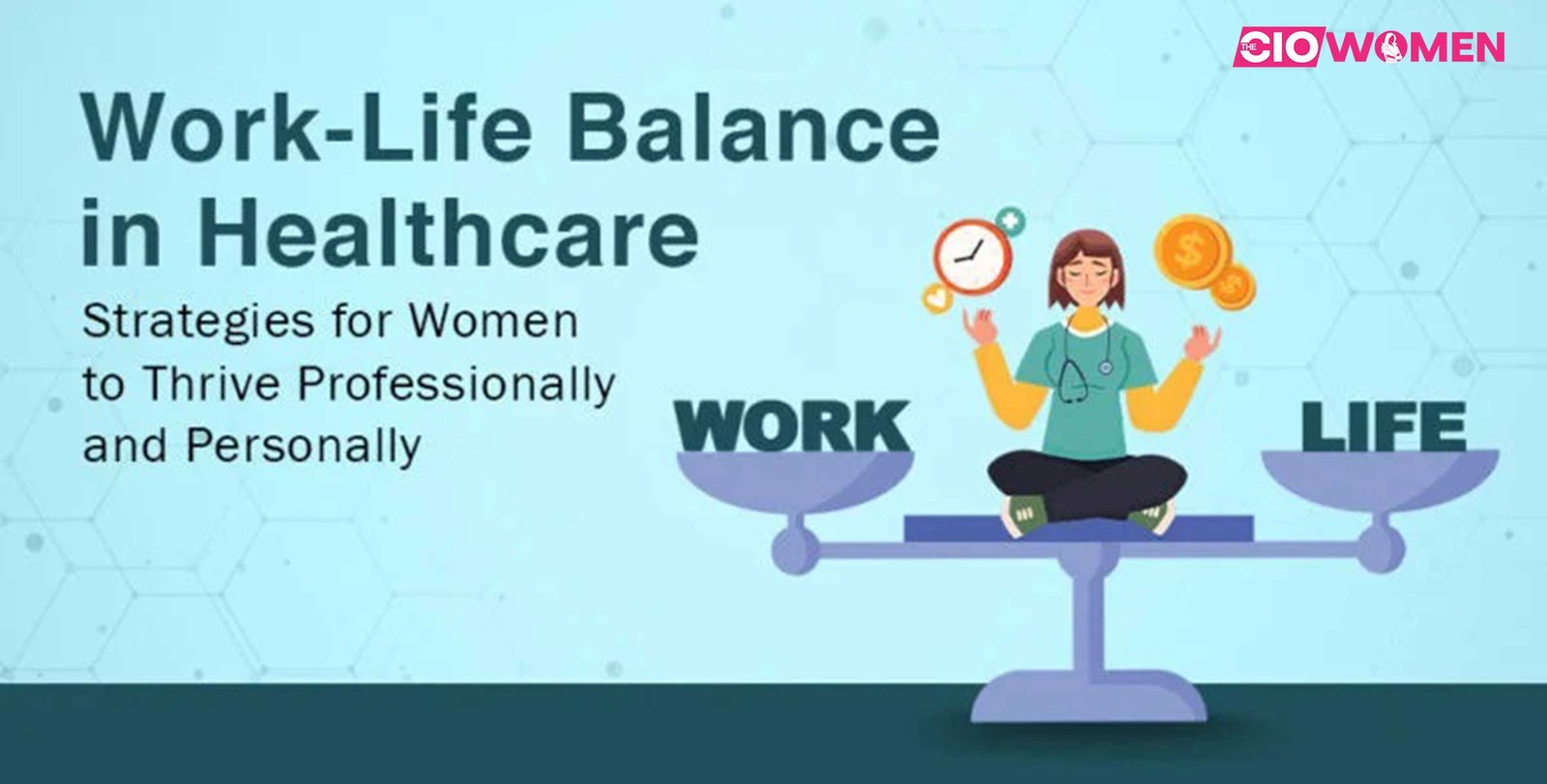“Understanding people isn’t just about asking questions—it’s about asking the right questions and deeply understanding the answers. And if you can’t do that, you’ll never truly know what they need, what they feel, or why they act the way they do.”
Every business claims to know its customers. Most fail. They rely on shallow surveys filled with leading questions, expensive market research reports, and gut feelings disguised as insights. Michelle Gilmore, CEO and Co-Founder of Hey Juno, recognized the problem firsthand. The way companies gather and utilize human understanding needs improvement. Therefore, she created a better solution.
As a system and service designer, Michelle spent over a decade traveling the world conducting behavioral research with people across diverse contexts. She attempted to train individuals to conduct research with others, but quickly realized their widespread inadequacy in this skill. She observed that humans often struggled, asking leading questions, injecting their own biases into the data, and ultimately bending participant truths with shaky methods and tactics.
AI offers a new approach. With Hey Juno, Michelle and her team have leveraged decades of expertise to create the world’s first human understanding engine. A tool that helps businesses, governments, and organizations listen with depth and clarity.
As Michelle puts it, “Human understanding is the answer to most, if not all, problems.”
Read on to discover the story behind Hey Juno and the woman who’s determined to revolutionize how we connect with the human experience.
From Designing Systems to Designing Understanding
Michelle Gilmore always had a builder’s mindset. Trained as an Industrial and System Designer in Australia and Malaysia, she focused on creating things that served a purpose—products that made life easier, and systems that solved real problems. However, she felt that the design alone was insufficient. She wanted to understand the people using these systems, what drove their decisions, and how businesses could make better choices by listening more carefully.
This curiosity led her deep into human behavioral research, where she discovered a gap—companies gathered data, but few knew how to use it effectively. She explored how human insights could refine design thinking and, ultimately, influence business strategy at every level. To sharpen this approach, she integrated her intellectual property into a Public Policy master’s program at City College in Harlem, broadening her expertise in real-world problem-solving.
Her work took her across the globe, working with brands, organizations, and governments that needed to understand their customers and citizens better. Each project, whether a corporate expansion or a policy shift, reinforced a single truth—understanding people deeply and accurately held the key to better decision-making. She learned from failures as much as successes and built a career around one core belief: human understanding solves problems.





